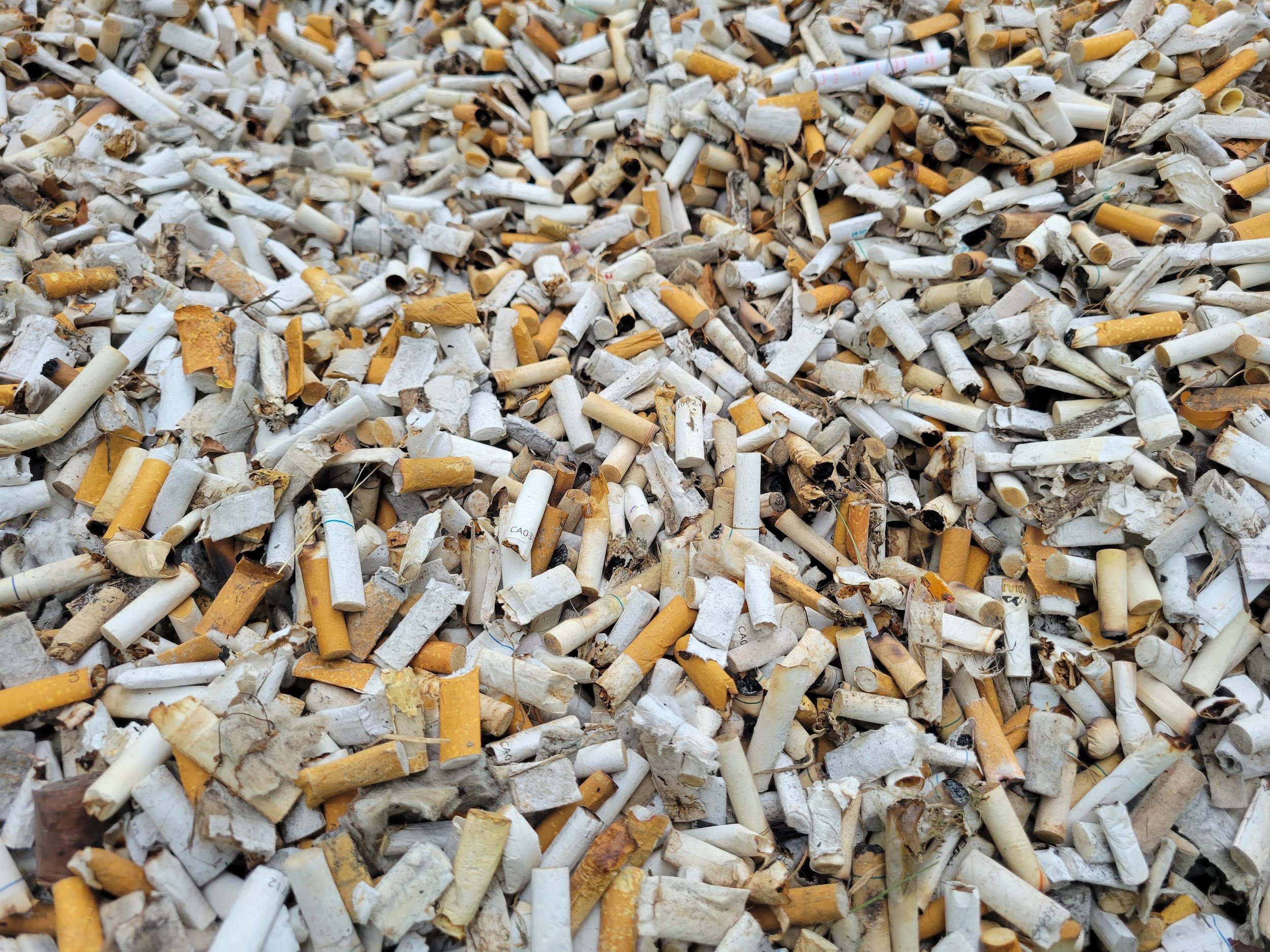
Data Collection
Data-Driven Litter Cleanups
Discover how data collection is revolutionizing our approach to litter cleanup and environmental conservation. Learn about our top problem items, data collection methods, and innovative applications of litter data. Understand the data collected in each of our programs and download open-source data to use in your own projects or advocacy work.
Why Data Collection Matters
-
Understand Issues
Identify which types of litter are most common in ecosystems
-
Illustrate Gravity
Showcase the extent of plastic pollution in the environment
-
Empower Action
Provide people with knowledge to make informed decisions
Our Data Collection Process
Training
1
Staff and volunteers are trained in data collection methods
Field Collection
2
Using data sheets, litter is identified and tallied by category
Information is transferred to an online submission form
3
Data Entry
Data is cleaned and added to the master database
4
Database Management
Data-Driven Impact
Comprehensive Collection
Data has been collected at every event since 2014, spanning over 10 years
Detailed Information
At each cleanup, we record the date, location, volunteers, litter categories, and total pieces
Impressive Results
To date, volunteers have collected over 9 million pieces of litter
Top Items Collected
-

Cigarette Butts
The number one littered item around the globe and also one of the most hazardous. Butts release toxins and microplastics and cause fires.
-

Plastic Pieces
Bits and pieces of single-use plastic, toys, hygiene items, and things that are no longer identifiable due to the level of degradation.
-

Nurdles
Plastic pellets used in manufacturing plastic products. Every year trillions of them are lost in the environment through spills during transport.
-

Foam
Take out containers, coolers, packaging, insulation, and docks. Foam is all around us and breaks up into tiny pieces when released into the environment.
Applications of Litter Data
Environmental Education
We can use litter data to raise awareness about commonly littered items and their environmental impact and integrate data into our website and social media to teach people about waste management and environmental responsibility.
Advocacy and Policy
We can identify the most littered items and advocate for policies like bans on single-use plastics or incentives for waste reduction. We can also evaluate the effectiveness of waste management laws or initiatives by analyzing changes in litter data over time.
Community Engagement
We can use data to organize community cleanups where they are needed most. We can also analyze trends to understand why people litter and design interventions to reduce such behaviour within our communities.
Economic Impact Analysis
We can study how litter affects local ecosystems, such as waterways and wildlife and quantify the financial impact of litter on local governments, businesses, and tourism to advocate for budget allocation.
Resource Optimization
We can use heatmaps of litter hotspots to determine optimal locations for garbage bins as well as prioritize areas with the highest litter density for cleanup efforts to maximize resource use.
Climate Change and Sustainability
We can estimate the emissions associated with litter decomposition or incineration and identify opportunities to recover valuable resources from waste.
Open Source Data
Open-source data is a powerful tool for transparency, collaboration, and education. By making some of our data sets publicly available, A Greener Future enables students, advocates, and communities to use this information for school projects, advocacy campaigns, local initiatives, and general interest. This shared knowledge fosters greater understanding and drives meaningful action to address environmental challenges. Before using our data, we kindly ask that you review our Open-Source Data Policy to ensure it is used responsibly and in alignment with our mission to create a cleaner, healthier environment.
Nurdle Hunt Data
Each fall we join The Great Global Nurdle Hunt and host nurdle hunt events along the shores of Lake Ontario. We know where the hotspots are so we host multiple events annually in those locations, and there are still millions of nurdles to clean up.
Butt Blitz Data
With the support of Unsmoke Canada Cleanups we’ve been able to make a big impact across Canada by picking up over 5 million cigarette butts since 2015. We run our Butt Blitz program each April and host a mini event each September.
Love Your Lakes Data
Our Love Your Lakes program runs from May to the end of August each year. We focus primarily on the shores of Lake Ontario picking up all debris that doesn’t belong in the environment. Over 100 events are planned through this program annually.
Join Our Data-Driven Cleanup Movement
Volunteer for Cleanups
Participate in our events between April and October each year.
Support Change
Advocate for data-informed environmental legislation and sign petitions.
Spread Awareness
Share our data and findings with friends or on social media.
Reduce Waste
Use our data to make informed consumption choices.





